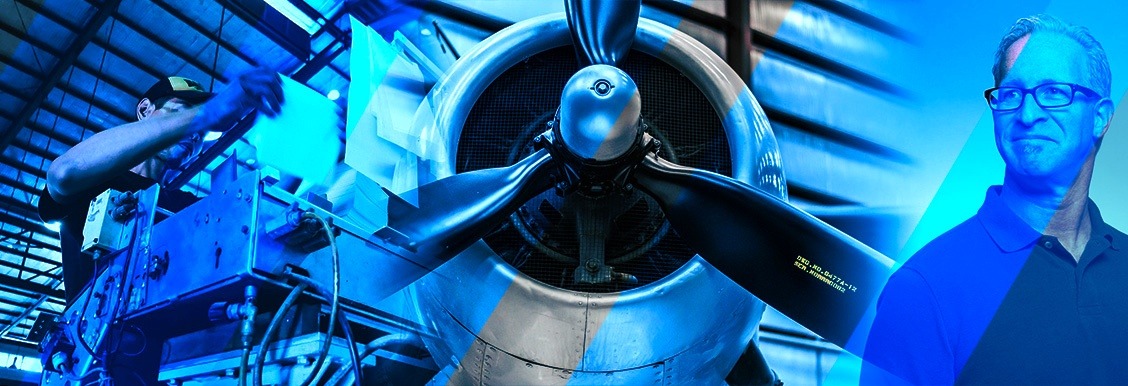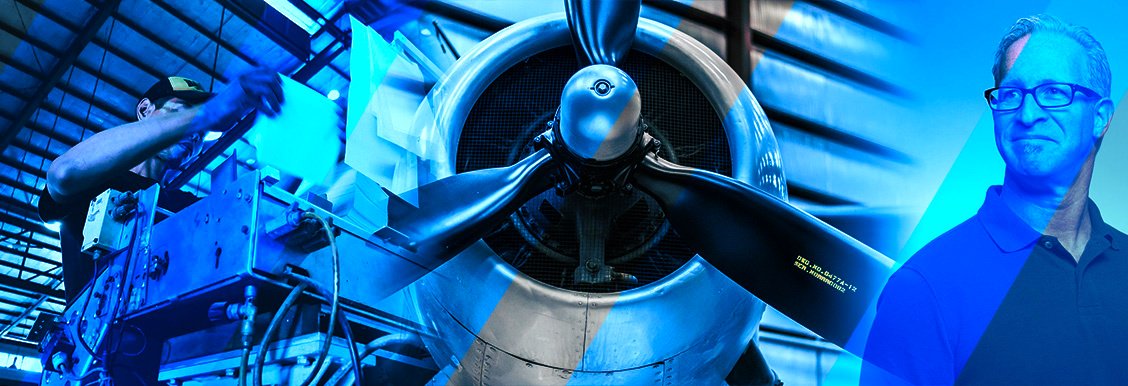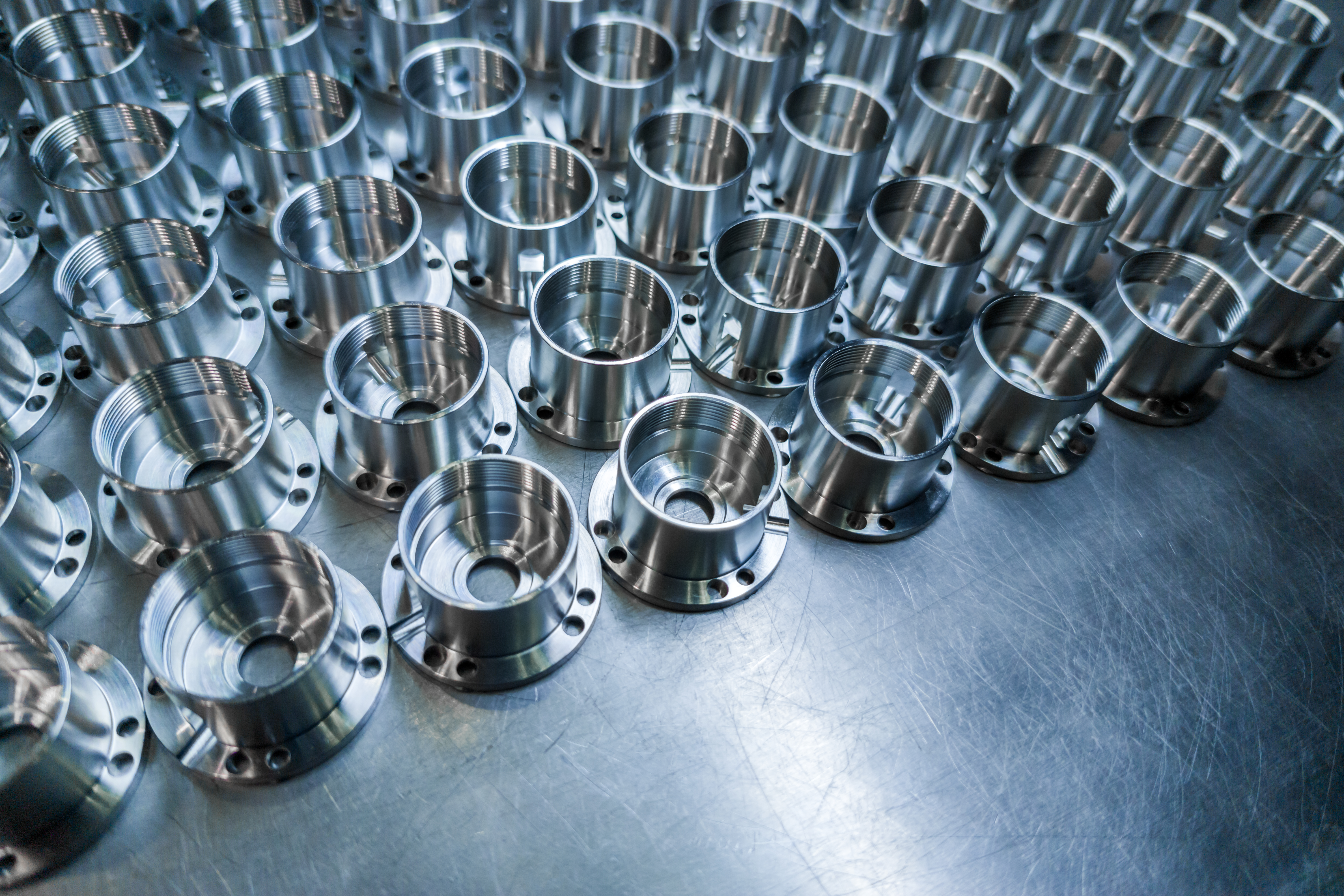1 min read
How Distributed Work Gets Done in Manufacturing (Part 2)
Last week, we talked about how manufacturing has been operating under a distributed work force model for as long as manufacturing has been around....

For more than a decade, economists and experts have hypothesized about what will happen when the last of the baby boomers retire. How will it affect our economy? Will we be able to replace this large workforce? How much of their knowledge can be retained?
COVID may accelerate this as businesses are downsizing and shifiting their employee workforces. Will these boomers re-enter the workforce post-COVID or take retirement? Whatever individual choices are made and trends that happen, we believe in the power of having a plan that you can execute. And the best way to start is to know the facts and understand the risks.
Many of the concerns about the coming challenges revolve around maintaining a reliable workforce. The size and experience of your workforce determines your capacity and ultimately your productivity. Should that begin to shrink or be replaced by less experienced operators either by workforce trends or by the pandemic, you can count on productivity to be impacted. The problem compounds when you consider the high turnover experienced across all verticals of manufacturing. Younger generations do not have the same sense of loyalty to an organization that the boomers have. And it’s hard to blame them. The world does not reward that kind of loyalty the same as it used to and there are plenty opportunities competing for their labor.
As the 2nd largest adult generation continues to reach the age of retirement, with 10,000 retirees per day, it can seem like an overwhelming challenge to overcome, especially in manufacturing. But it’s well worth considering a little more context. Many shop floor operators who “retire” don’t just disappear. Some still have a mortgage. Some don’t have enough retirement saved up. And many others maintain a sense of purpose by continuing to work even just part-time well into their retirement.
So the question is: how can we leverage the loyalty and experience of the older generations while attracting the more “nomadic” younger generation to take their place? I won’t, of course, pretend like I have all the answers but I’ve seen enough shop floors to offer a few tips on where to start.
In 2020, we are rolling out meaningful tools for manufacturers that are affordable, on-target and competitive. We are also expanding our educational offerings.
We believe in the critical importance of manufacturing right here in North America and we work hard to keep you working. Ask us questions; you will find that we are far more reachable than other software providers you may partner with. We are here to help you find the right tools and use them, whether it's a Google doc, an Excel sheet or a Production Control system. To learn more about meeting your targets for 2020 or just getting a question answered, visit us at www.cimx.com.

1 min read
Last week, we talked about how manufacturing has been operating under a distributed work force model for as long as manufacturing has been around....

Have you clearly identified the difference between your industry and your market? So many of us use these words interchangeably and they are not the...

1 min read
You come to work this morning and your workforce is ready to go. Do they have everything they need to do their work? The right materials, new work to...